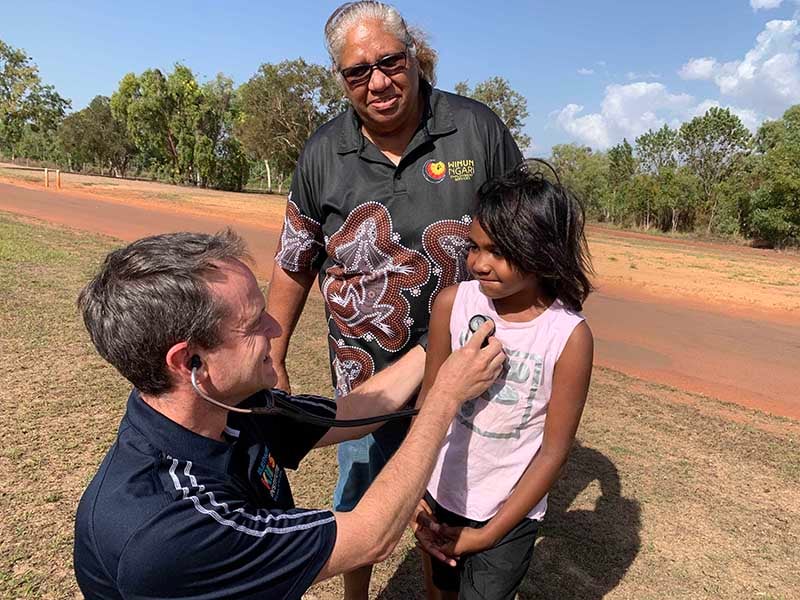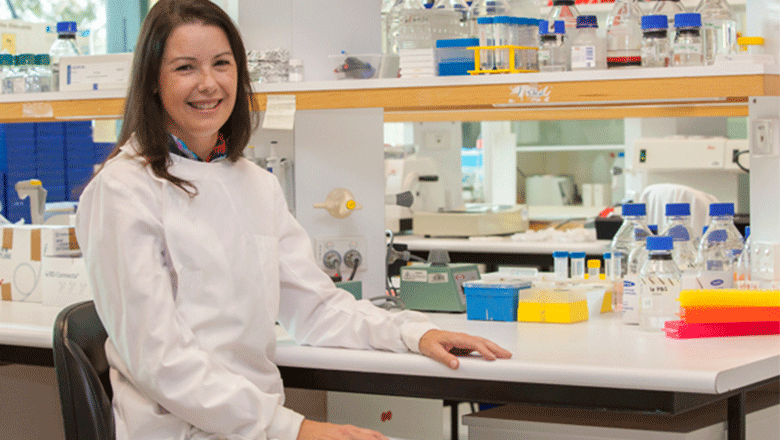Search
Showing results for "early lung health"
Research
Impact of a revised postoperative care plan on pain and recovery trajectory following pediatric tonsillectomyA previous cohort of adenotonsillectomy patients at our institution demonstrated moderate-severe post-tonsillectomy pain scores lasting a median (range) duration of 6 (0-23) days and postdischarge nausea and vomiting affecting 8% of children on day 1 following surgery. In this subsequent cohort, we evaluate the impact of changes to our discharge medication and parental education on post-tonsillectomy pain and recovery profile.
Research
Maternal serum vitamin D levels during pregnancy and offspring neurocognitive developmentThe objective was to determine the association between maternal serum 25(OH)-vitamin D concentrations and behavioural, emotional and language outcomes...
Research
Perioperative management of infant inguinal hernia surgery; a review of the recent literatureInguinal hernia surgery is one of the most common electively performed surgeries in infants. The common nature of inguinal hernia combined with the high-risk population involving a predominance of preterm infants makes this a particular area of interest for those concerned with their perioperative care. Despite a large volume of literature in the area of infant inguinal hernia surgery, there remains much debate amongst anesthetists, surgeons and neonatologists regarding the optimal perioperative management of these patients.
Research
Taste-Masked Flucloxacillin Powder Part 2: Formulation Optimisation Using the Mixture Design Approach and Storage StabilityFlucloxacillin is prescribed to treat skin infections but its highly bitter taste is poorly tolerated in children. This work describes the application of the D-optimal mixture experimental design to identify the optimal component ratio of flucloxacillin, Eudragit EPO and palmitic acid to prepare flucloxacillin taste-masked microparticles that would be stable to storage and would inhibit flucloxacillin release in the oral cavity while facilitating the total release of the flucloxacillin load in the lower gastrointestinal tract.
Research
The effect of the COVID-19 pandemic on paediatric anaesthesia research as evidenced by the contrasting recruitment experiences of centres in Australia and ScotlandAt two hospitals in Western Australia, we conducted a prospective, open-label, randomised, controlled trial of 240 patients undergoing tonsillectomy to investigate the effect of chewing a confectionery jelly snake on postoperative nausea and vomiting. The results were published in Anaesthesia Critical Care & Pain Medicine. Recruitment for this study was completed uneventfully between July 2018 and August 2019.
Research
Remote after-care using smartphones: A feasibility study of monitoring children's pain with automated SMS messagingMonitoring children's recovery postoperatively is important for routine care, research, and quality improvement. Although telephone follow-up is common, it is also time-consuming and intrusive for families. Using SMS messaging to communicate with families regarding their child's recovery has the potential to address these concerns. While a previous survey at our institution indicated that parents were willing to communicate with the hospital by SMS, data on response rates for SMS-based postoperative data collection is limited, particularly in pediatric populations.
Research
The seroprevalence of SARS-CoV-2-specific antibodies in children, Australia, November 2020 - March 2021Peter Britta Richmond Regli-von Ungern-Sternberg MBBS MRCP(UK) FRACP MD, PhD, DEAA, FANZA Head, Vaccine Trials Group Chair of Paediatric anaesthesia,
Research
A marked shift in innate and adaptive immune response in chinese immigrants living in a western environmentThere is a marked shift in innate and adaptive immune responses in Chinese immigrants after living in a Western environment for several years

News & Events
Wet cough prevalence among Aboriginal children ‘concerningly high’The Kids Research Institute Australia and Perth Children’s Hospital clinician-researchers have found more than one in ten children across four remote Kimberley communities have protracted bacterial bronchitis.

News & Events
Born with cystic fibrosis, now research is her life’s workWhen Ingrid Laing was born, the outlook for kids with cystic fibrosis was bleak. Her parents were told she might make it to 20 if she was lucky.
